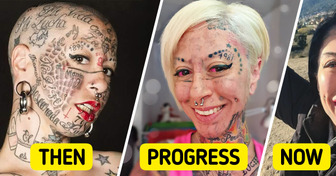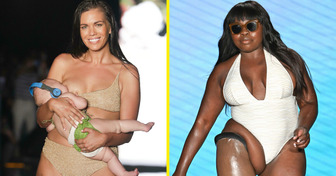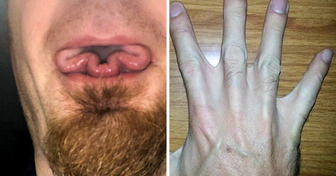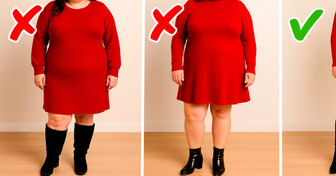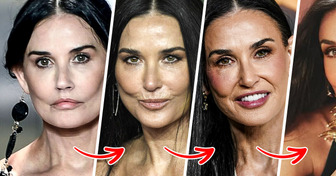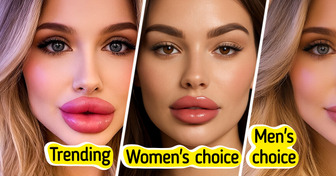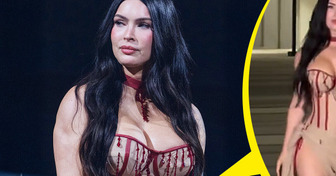How Our ’90s Celebrity Crushes Look Like Today

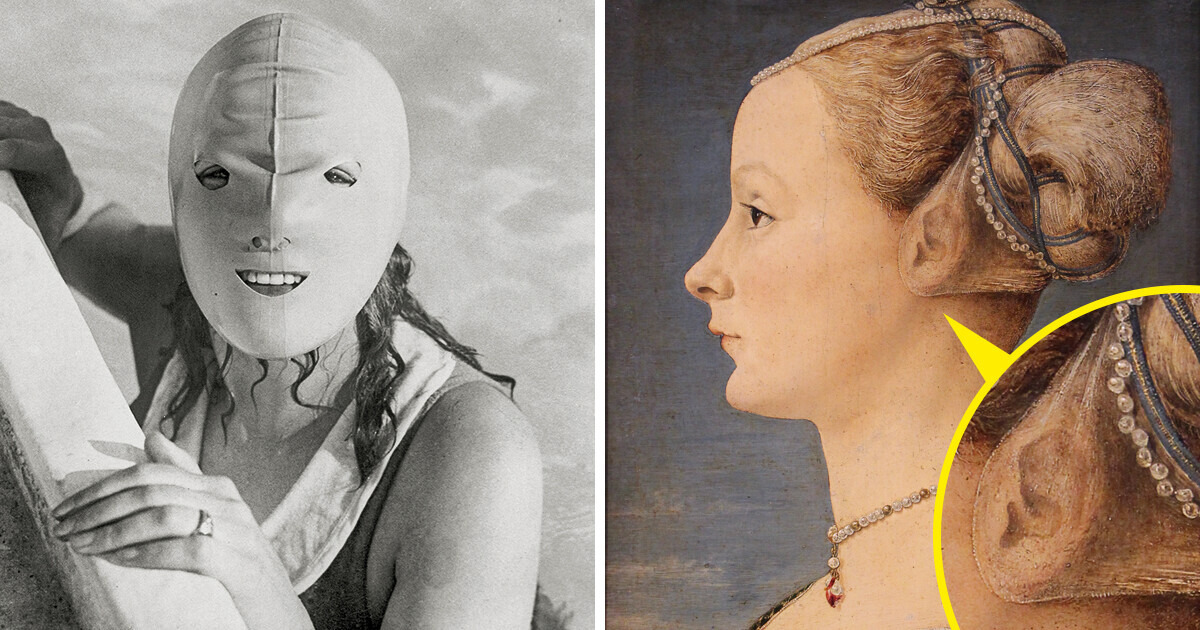
We often say, “Things used to be better in the past,” when observing current fashion trends. However, a closer look at the trends of past centuries might make you reconsider. Trends such as colorful eyebrows, jewelry made of insects, and corsets that cinched the waist down to 13 inches are just a few examples.
People of the Georgian era did really painful things with their teeth. To give them the shade of noble porcelain, they used a powder, the main component of which could be sulfuric acid. Of course, this powder only ruined their teeth.
But the wealthy clients of the dentists of the time could afford so-called “implants.” Those were teeth of live donors who were generously rewarded. The teeth were inserted into empty cavities and attached with wire.
At the end of the 14th century, in the times of Queen Isabeau of Bavaria, high foreheads and swan necks became highly fashionable. To meet these standards of beauty, ladies shaved off hair on their foreheads and the back of their necks and plucked their eyebrows. The idea behind it was to resemble the head of a baby, which made the women appear pure and innocent.
In China, colorful eyebrows came into fashion in the 2nd—3rd centuries. Well, at least this happened during the time of an emperor who ordered his wives to “wear” eyebrows of blue color. To comply with their precious spouse’s wishes, women would shave off their natural eyebrows and then draw new ones, using expensive colored ink imported from other countries. This not only gave the emperor aesthetic pleasure, but also demonstrated his wealth to those around him because only very rich people could afford foreign inks.
Noble women of Ancient Rome could afford even the most expensive facial product of that time. And this was the sweat of gladiators. It was collected in bottles, mixed with olive oil and presented to ladies as a magical elixir that improved skin color. Well, the Romans weren’t exactly squeamish.
Thanks to Petrarch and his muse Laura, whom he praised in his poems as a role model of beauty and virtue, blonde hair became fashionable in the 15th century, so women began to dye their locks to make them golden. However, this procedure took several days.
Thus, one of the treatises of the 12th century described the process of hair coloring like this. It was carried out in 2 stages: after applying the first mixture of several components, the head would be covered with leaves for 2 days, then the first mixture would be washed off, and the second one was applied to be removed on the 4th day.
That sun-kissed glow hasn’t always been in vogue. Pale skin was once the pinnacle of beauty — the lighter, the more desirable. Some individuals still use full-face masks, such as the face-kini, to shield their faces from the sun’s harmful rays. These masks remain unchanged in appearance.
The predecessors of corsets, which were squeezing women’s bodies for several centuries, have been known since the Bronze Age. But in Europe, they appeared, according to different versions, in the 15th or 16th century. Corsets became especially popular during the reign of Catherine de’ Medici. In this era, this item of wardrobe could reduce the waist up to 13 inches (although its main task was to create a maximally flat silhouette without any curves), which had a bad effect on the internal organs.
In China, long fingernails were in fashion for several centuries, and the reason for this was quite unusual. Long nails signified that their owner is very wealthy because they don’t need to do anything with their hands.
During the Qing dynasty, which ruled the country for almost 300 years (until the beginning of the 20th century), this fashion reached its peak and the nails of some representatives of the upper classes could reach 10 inches in length. However, it wasn’t very convenient to wear them, so many people kept their nails long only on the little and ring fingers. In order to keep the nails intact, people wore peculiar “covers” that were made of precious metals and adorned with gems.
In the 17th century, female dresses had so bold necklines that even modern fashionistas could find them too revealing. However, the women of that time not only felt fine wearing deep necklines, they also emphasized the veins with blue paint to create the illusion of delicate, thin skin.
The Industrial Revolution of the 19th century made city dwellers yearn for nature, and this longing was reflected in fashion. It became popular to wear costumes and accessories with natural elements. For example, women gladly decorated themselves with products made from beetles. The shells of exotic insects were used to adorn dresses, hats, and umbrellas, and they even replaced precious stones in jewelry.
And here are a few other fashion trends from the past that demonstrate the lengths to which some people would go to achieve beauty.

